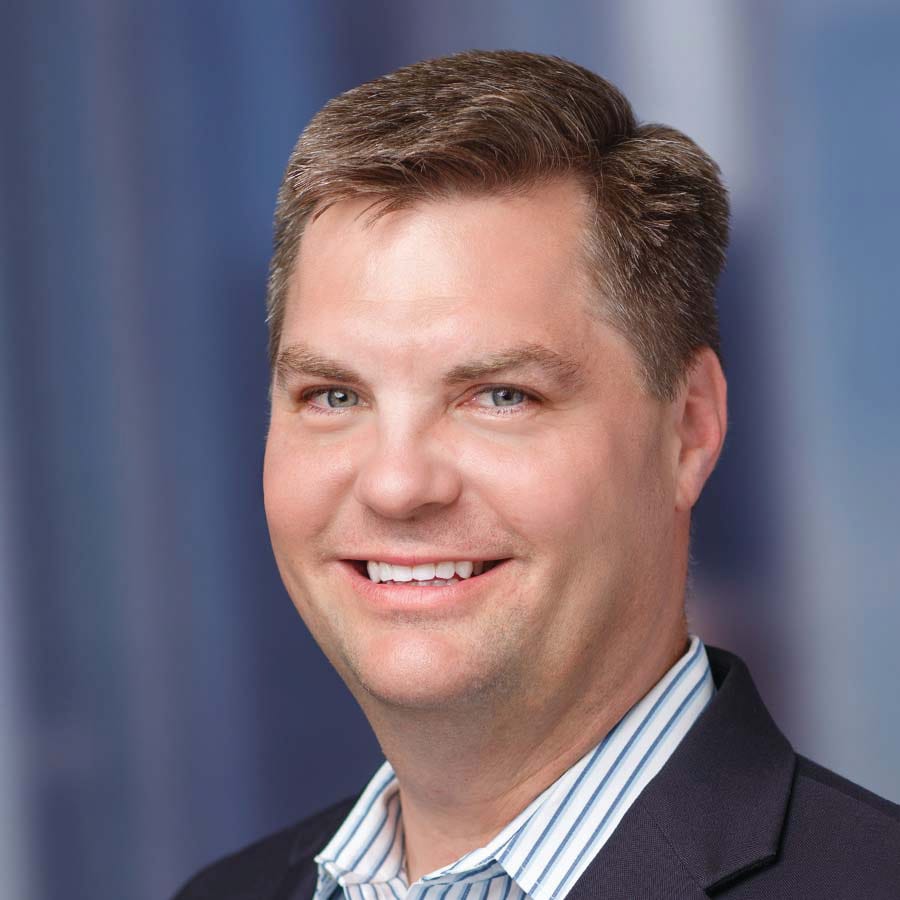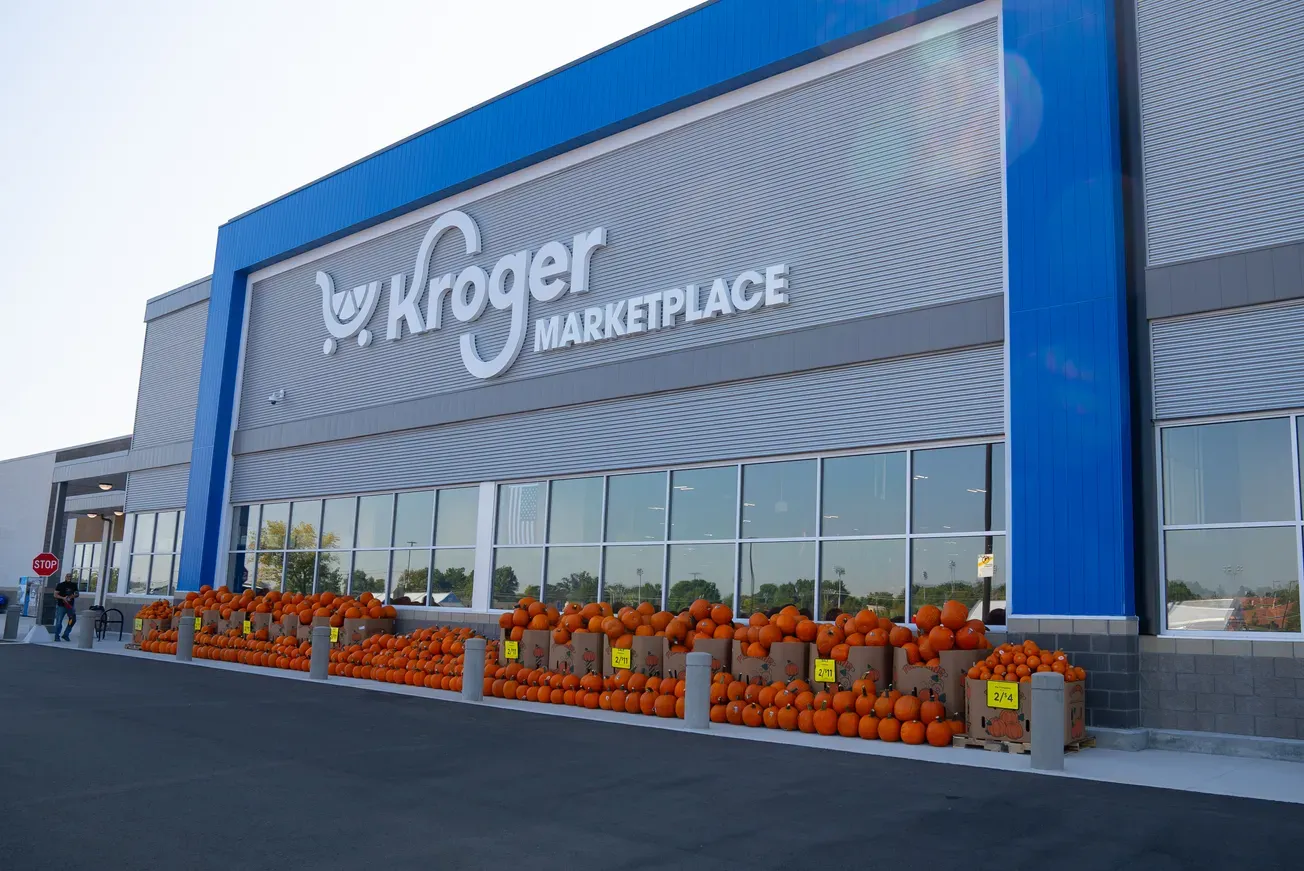
Todd Huseby
The retail pharmacy industry is at a crossroads. The traditional economic model, once robust and reliable, continues to show signs of significant strain and may even be inching close to its breaking point. Symptoms of deep challenges are evident: Pharmacies are closing, hours are being reduced, and labor strife is becoming more common. These are not isolated incidents but indicators of an unsustainable core economic model.
For the industry to survive and thrive, transformation is essential. The current approach, heavily reliant on prescription volume, thin margins and an antiquated reimbursement structure, is no longer viable in today’s health care landscape. A more sustainable model that better aligns incentives across the value chain, increases transparency and ties revenue more closely to costs is required. Core pharmacy dispensing has been commoditized. Recognizing that reality, and adjusting the funding model to reflect that, would be an important step forward.
Beyond funding for dispensing, your local pharmacy has the potential to play a vital role in primary care delivery in America. Local doctors are the foundation of a strong health care system, yet they are faltering under their own pressures. As readers of this editorial know, pharmacies have the most frequent and personal touchpoints with patients — more so than any other health care provider. Leveraging these touchpoints positions them to step into this breach and, in partnership with primary care providers, be powerful change agents to improve Americans’ health outcomes.
If society values the current operating model, then the path forward is clear: Pharmacies must evolve from being mere dispensaries to becoming integral components of the health care delivery system. And a richer funding model is essential. Such an evolution will require investment in technology, personnel and infrastructure. It will necessitate partnerships with other health care providers, payers and policy makers.

Rodey Wing
Meanwhile, let’s face it, there is a competing alternative. Actions over the past decade indicate that, on balance, public and private payers do not value the current operating model and may not support the integration described above. If American society is unwilling to fund pharmacy dispensing, then the dispensing model must adapt. Expensive real estate with brick-and-mortar stores populated with expensive labor that pours (mostly) generic medicines from big bottles into vials won’t survive. Radically fewer locations, each with greater volume, could be affordable in this model; patients would rely far more upon home-delivery of medicines prepared by robots on assembly lines in larger-scale facilities (sometimes far away). Speed of delivery would be important for many medicines and therapies. Customer service and friendly in-person reminders from local pharmacists and technicians will become nostalgia in the new model.
Whichever path Americans choose — transforming funding and integrating pharmacy’s role or radically transforming operations — pharmacies must secure their future and also contribute to a stronger, more reliable and equitable health care system. Americans need a robust pharmacy industry. Americans need a system in which primary care is not just a gateway to other services but the central hub of health maintenance and disease prevention. Pharmacies can be essential to that vision — not only to improve health care outcomes but also to reduce the overall burden (costs) of disease.
This change is overdue. Retail pharmacy industry board members, executives and regulators must deeply contemplate this opportunity to redefine pharmacy’s role and reaffirm its importance in American health care. By doing so, it will not only address the symptoms of its current economic challenges but also lay the groundwork for a healthier, more sustainable future.
Todd Huseby is a partner and leader of the consumer health care sector at Kearney, a global strategy and management consulting firm. He can be reached at todd.huseby@kearney.com. Rodey Wing is a partner in the health practice at Kearney. He can be reached at rodey.wing@kearney.com.









